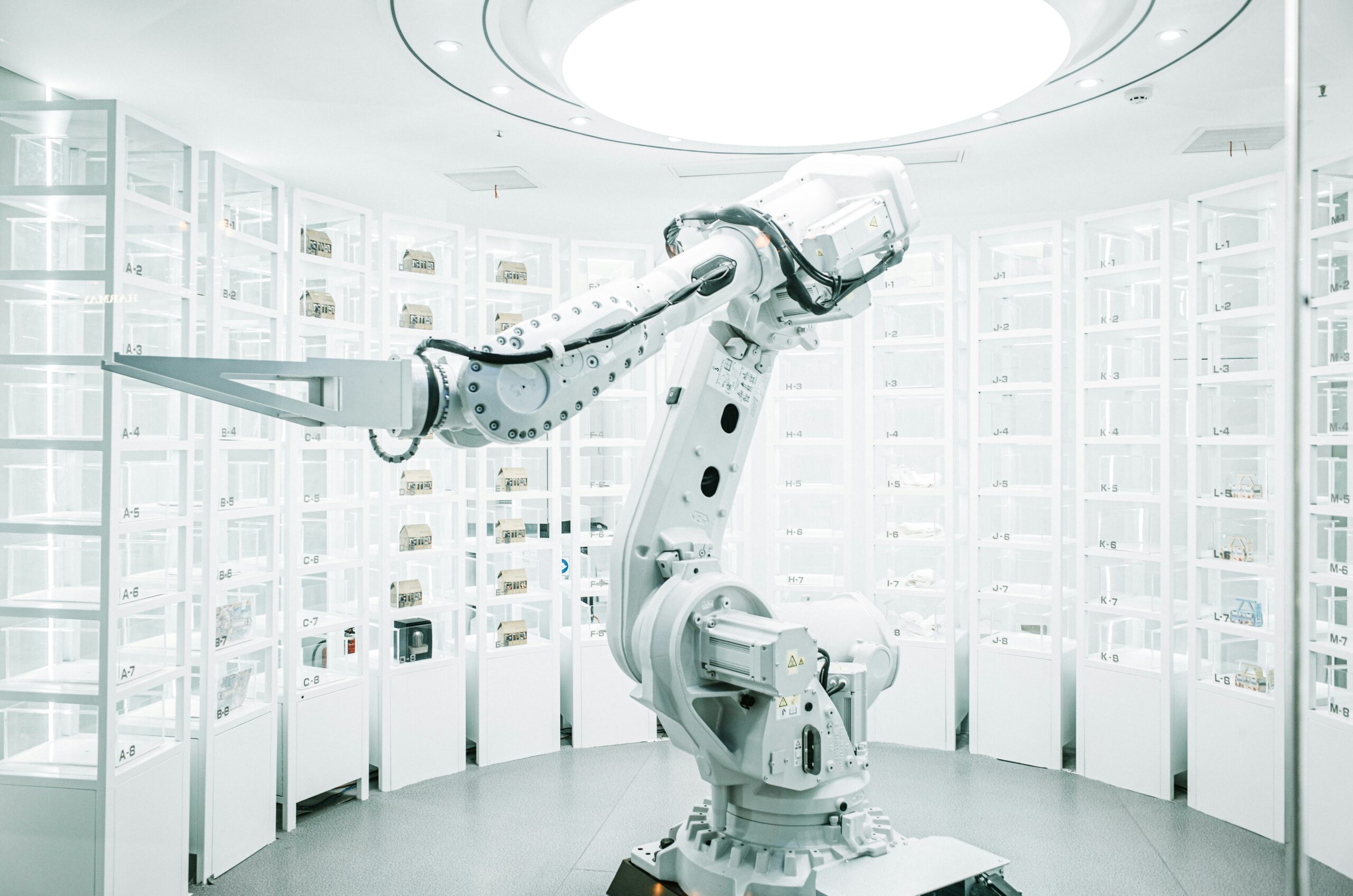This blog explores the impact, applications, and future of AI-driven automation, showcasing why it is at the forefront of technological advancement.
Automation has been a cornerstone of industrial and technological progress, but with the integration of Artificial Intelligence (AI), its potential has reached new heights. AI-driven automation in 2024 is transforming businesses, industries, and daily lives by streamlining processes, reducing costs, and enhancing decision-making.
Table of Contents
What Is AI-Driven Automation?
AI-driven automation refers to the use of artificial intelligence technologies to perform tasks and processes with minimal or no human intervention. Unlike traditional automation, which relies on predefined rules, AI introduces cognitive capabilities like learning, reasoning, and adapting to changing circumstances.
This combination of automation and AI enables systems to go beyond repetitive tasks, handling complex operations such as decision-making, data analysis, and predictive modeling.
How AI-Driven Automation Works
AI-driven automation leverages several key technologies:
- Machine Learning (ML): Enables systems to learn from data and improve performance over time without explicit programming.
- Natural Language Processing (NLP): Allows machines to understand and process human language for tasks like chatbots and virtual assistants.
- Robotic Process Automation (RPA): Integrates AI to handle high-volume, rule-based tasks with cognitive capabilities.
- Computer Vision: Provides systems with the ability to interpret and analyze visual data, enabling applications like quality inspection in manufacturing.
Key Applications of AI-Driven Automation in 2024
1. Customer Service
AI-driven automation is enhancing customer experiences by providing faster and more personalized support.
- AI Chatbots: Powered by NLP, these bots offer 24/7 assistance, resolving common queries instantly.
- Voice Assistants: Automating phone support with human-like interactions.
- Sentiment Analysis: Monitoring customer feedback to identify areas for improvement.
Impact: Businesses can improve customer satisfaction while reducing operational costs.
2. Manufacturing and Supply Chain
Automation in manufacturing has advanced beyond assembly lines to include predictive and adaptive capabilities.
- Predictive Maintenance: AI systems analyze equipment data to predict failures and schedule repairs proactively.
- Quality Control: Computer vision automates the inspection process, detecting defects in real-time.
- Supply Chain Optimization: AI forecasts demand and optimizes inventory levels to reduce waste.
Impact: Improved efficiency, reduced downtime, and significant cost savings.
3. Financial Services
The finance sector has been an early adopter of AI-driven automation, leveraging it for:
- Fraud Detection: Identifying anomalies in transactions to prevent fraud.
- Automated Trading: AI algorithms execute trades at optimal times, maximizing returns.
- Customer Onboarding: Streamlined processes for verifying documents and completing KYC (Know Your Customer) requirements.
Impact: Enhanced security, faster processing times, and improved customer experiences.
4. Healthcare
AI-driven automation is playing a pivotal role in improving healthcare delivery and administration.
- Administrative Automation: Automating patient scheduling, billing, and record-keeping.
- Diagnostics: AI systems assist doctors by analyzing medical data for accurate diagnoses.
- Telemedicine: Virtual assistants help triage patients and schedule remote consultations.
Impact: Reduced administrative burden and faster, more accurate medical services.
5. Marketing and Advertising
Marketers are harnessing AI-driven automation to streamline campaigns and drive better engagement.
- Personalized Recommendations: AI analyzes user data to suggest relevant products or content.
- Ad Targeting: Automated systems optimize ad placements and budgets in real time.
- Content Generation: AI tools create blog posts, social media captions, and email campaigns.
Impact: Higher ROI on marketing efforts and deeper customer engagement.
Benefits of AI-Driven Automation
- Increased Efficiency: Automating repetitive and time-consuming tasks frees up human resources for higher-value work.
- Cost Savings: Reduces labor costs and operational inefficiencies.
- Scalability: AI systems handle growing workloads without requiring proportional increases in resources.
- Improved Accuracy: Minimizes errors, especially in data-intensive tasks.
- Better Decision-Making: AI provides actionable insights through data analysis, helping businesses make informed decisions.
Challenges of AI-Driven Automation
Despite its advantages, AI-driven automation is not without challenges:
- Job Displacement: Automation may replace certain roles, raising concerns about unemployment.
- Initial Investment Costs: Implementing AI systems can be expensive and resource-intensive.
- Data Privacy: Automation systems require vast amounts of data, raising security and ethical concerns.
- Skill Gap: Organizations may struggle to find talent with the expertise to manage AI systems.
Solutions:
- Reskilling and upskilling programs for employees.
- Implementing robust cybersecurity measures.
- Balancing automation with human involvement for critical tasks.
Future Trends in AI-Driven Automation
The future of AI-driven automation is promising, with several emerging trends:
- Hyperautomation: Combining AI, RPA, and other technologies to automate end-to-end workflows.
- Autonomous Systems: AI-powered robots and drones capable of making decisions in real-time.
- AI in Smart Cities: Automating urban infrastructure like traffic management, waste disposal, and energy distribution.
- Human-AI Collaboration: Augmenting human capabilities with AI assistants for better outcomes.
Case Study: AI-Driven Automation in Action
Industry: E-Commerce
Problem: Inefficient customer support leading to long response times.
Solution: Implemented AI-driven chatbots powered by NLP to handle customer queries. The system was integrated with the CRM, providing personalized responses and escalating complex issues to human agents.
Results:
- 80% reduction in average response time.
- 30% increase in customer satisfaction scores.
- Significant cost savings due to reduced dependency on live agents.
Conclusion
AI-driven automation is no longer a luxury—it’s a necessity for businesses aiming to stay competitive in 2024. By automating complex and repetitive tasks, organizations can achieve unparalleled efficiency, scalability, and innovation. While challenges exist, a balanced approach that combines AI with human expertise can unlock the true potential of this technology.
Whether you’re a business leader or a tech enthusiast, understanding and adopting AI-driven automation will be crucial in shaping a smarter, more efficient future. Are you ready to embrace the revolution?
Find more AI and ML content at:
https://allinsightlab.com/category/ai-machine-learning/

